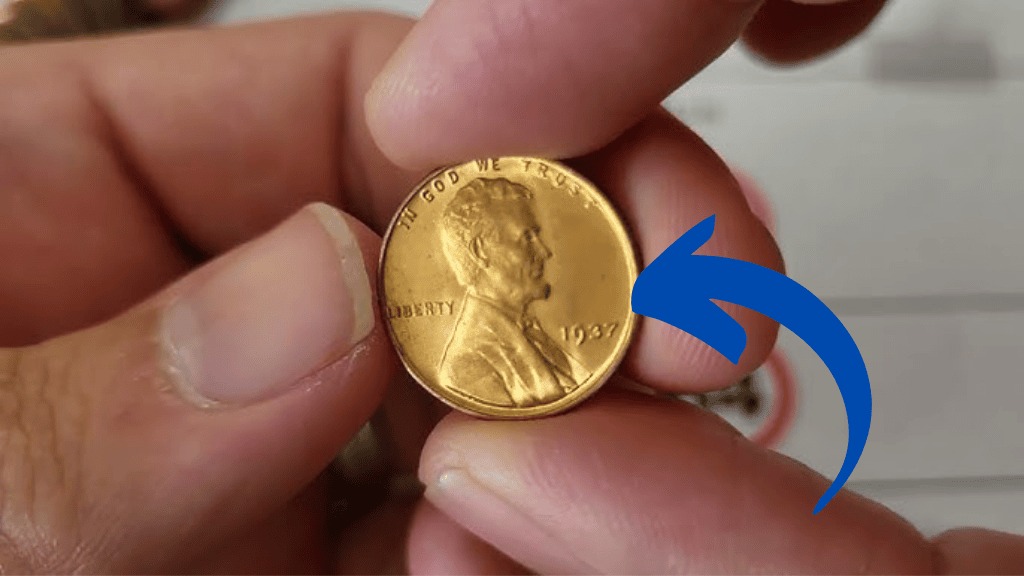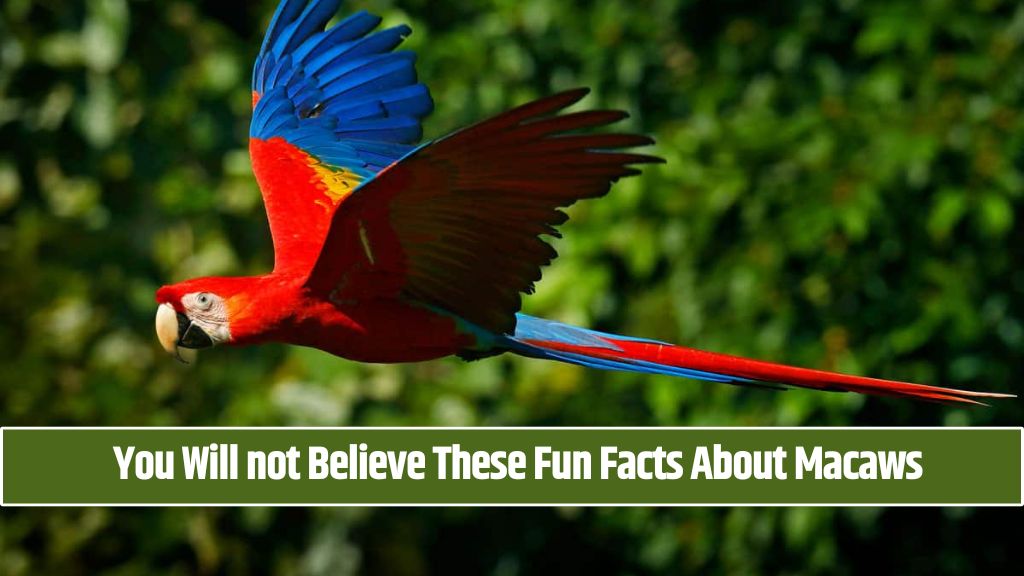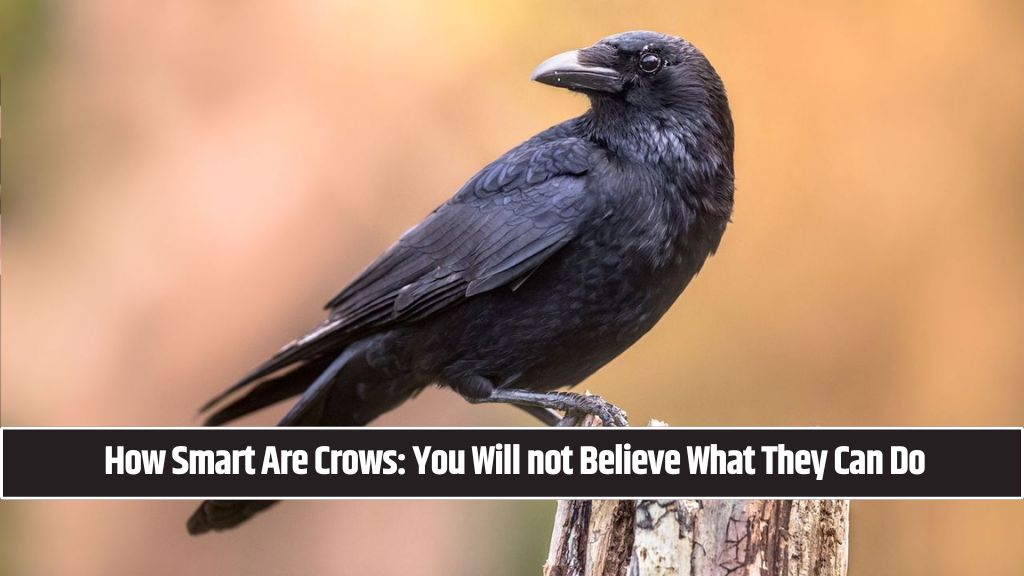Whether you want a backyard full of big, fluffy chickens or soft, feathery ones, there’s a chicken breed that fits your style! Fluffy chickens are not only adorable but are often known for their friendly, docile personalities, making them perfect for families and chicken enthusiasts alike. Let’s explore some of the fluffiest, friendliest chicken breeds and what makes them unique.
1. Silkie Chickens
Silkies are perhaps the fluffiest chickens around, with their fur-like, satin-soft feathers. These feathers lack barbicels (the structures that make feathers rigid), giving them a unique, fluffy appearance.
Features of Silkies
- Feather Coverage: Silkies are feathered from head to toe, often sporting crests, beards, and muffs, making them look like teddy bears.
- Size: Classified as bantams but slightly larger than most bantam breeds.
- Egg Laying: They lay about 100-120 small eggs per year, but their true strength lies in their broodiness. Silkie hens are fantastic mothers.
- Personality: Extremely friendly and calm, making them excellent pets.
- Care Tips: Provide low roosts and nesting boxes, as Silkies are not strong flyers.
2. Frizzle Chickens
Frizzles have feathers that curl outward instead of lying flat, giving them a ruffled, eye-catching look. While Frizzles are not a specific breed, the frizzle feather gene can be found in various breeds, such as Cochin and Polish chickens.
Unique Variants of Frizzles
- Frazzles: Offspring of two Frizzle chickens, these birds have extremely brittle feathers that require extra care.
- Sizzles: A mix between a Frizzle rooster and a Silkie hen, these birds combine the soft fluff of Silkies with the curl of Frizzles.
Personality
Frizzles are typically calm, friendly, and curious, making them delightful additions to a flock.
3. Cochin Chickens
Cochins are known for their large size and extra-fluffy appearance, especially their feathered feet.
Features of Cochins
- Size: Available in both large fowl and bantam varieties. Large fowl Cochins are particularly massive and fluffy, while bantam Cochins are adorably compact.
- Egg Laying: Hens lay about 180-200 eggs annually. They are also excellent brooders and mothers.
- Personality: Calm and docile, they adapt well to confinement.
- Care Tips: Provide ample coop space and low roosts to accommodate their size.
4. Brahma Chickens
Brahmas are gentle giants with thick, fluffy feathers and feathered feet. Their regal appearance and calm temperament make them a popular choice for backyard flocks.
Features of Brahmas
- Size: One of the largest chicken breeds.
- Egg Laying: Produce a steady supply of medium-sized eggs, even in colder months.
- Care Tips: Due to their size, Brahmas need spacious coops and sturdy roosts close to the ground.
5. Orpington Chickens
Orpingtons are known for their soft, fluffy plumage and rounded shape. They come in a variety of colors, such as buff, blue, black, and lavender.
Features of Orpingtons
- Egg Laying: Hens are excellent layers, producing 3-5 large brown eggs per week, even in winter.
- Personality: Friendly and curious, Orpingtons enjoy human interaction.
- Care Tips: Ensure plenty of coop space and low roosts for large fowl Orpingtons.
Special Care for Fluffy Chickens
Fluffy chickens bring charm to any backyard flock, but their unique feathering comes with special care requirements:
1. Climate Considerations
- Cold Tolerance: Breeds like Cochins and Orpingtons are well-suited for cold climates but need protection from extreme cold due to their feathered feet.
- Heat Tolerance: Breeds with heavy feathering, such as Brahmas, can struggle in hot climates. Ensure they have shade and plenty of water.
2. Coop Accommodations
- Provide low roosts and nesting boxes for heavy or poor-flying breeds (e.g., Silkies and Cochins).
- Ensure the coop and enclosure are dry and covered to prevent wet feathers, which can lead to chills.
3. Hygiene
- Feathered feet require regular cleaning to prevent dirt buildup.
- Provide a dust bath to help fluffy breeds stay clean and parasite-free.
Conclusion
Fluffy chicken breeds like Silkies, Frizzles, Cochins, and Orpingtons add personality, beauty, and fun to any backyard flock. While their unique feathering makes them special, it also requires specific care to ensure their health and comfort. With the right setup and a little extra attention, these fluffy friends will thrive and bring endless joy to your backyard!
FAQ’s
1. What makes a chicken breed fluffy?
Fluffiness comes from extra down feathers, feather types lacking barbicels (as seen in Silkies), or unique traits like curled feathers in Frizzles. Some breeds also have feathered feet, muffs, and beards that add to their fluffy appearance.
2. Which fluffy chicken breeds are the friendliest?
- Silkies: Exceptionally docile and great with kids.
- Orpingtons: Friendly, curious, and people-loving.
- Cochins: Calm and easy-going.
- Faverolles: Gentle and ideal for urban backyards.
3. Are fluffy chickens good egg layers?
Fluffy chickens are often less productive layers compared to commercial breeds. Here’s an estimate:
- Silkies: 100-120 small eggs/year.
- Cochins: 180-200 medium eggs/year.
- Orpingtons: 200-280 large eggs/year.
- Faverolles: 180-200 medium eggs/year.












